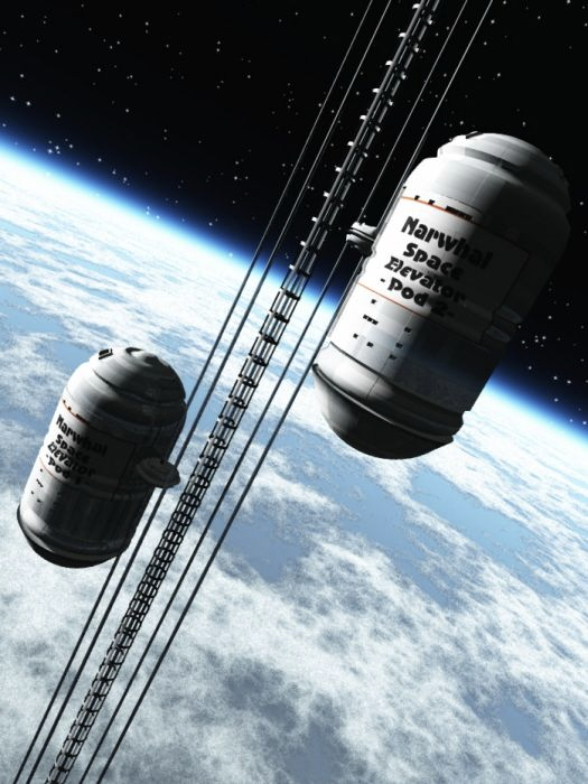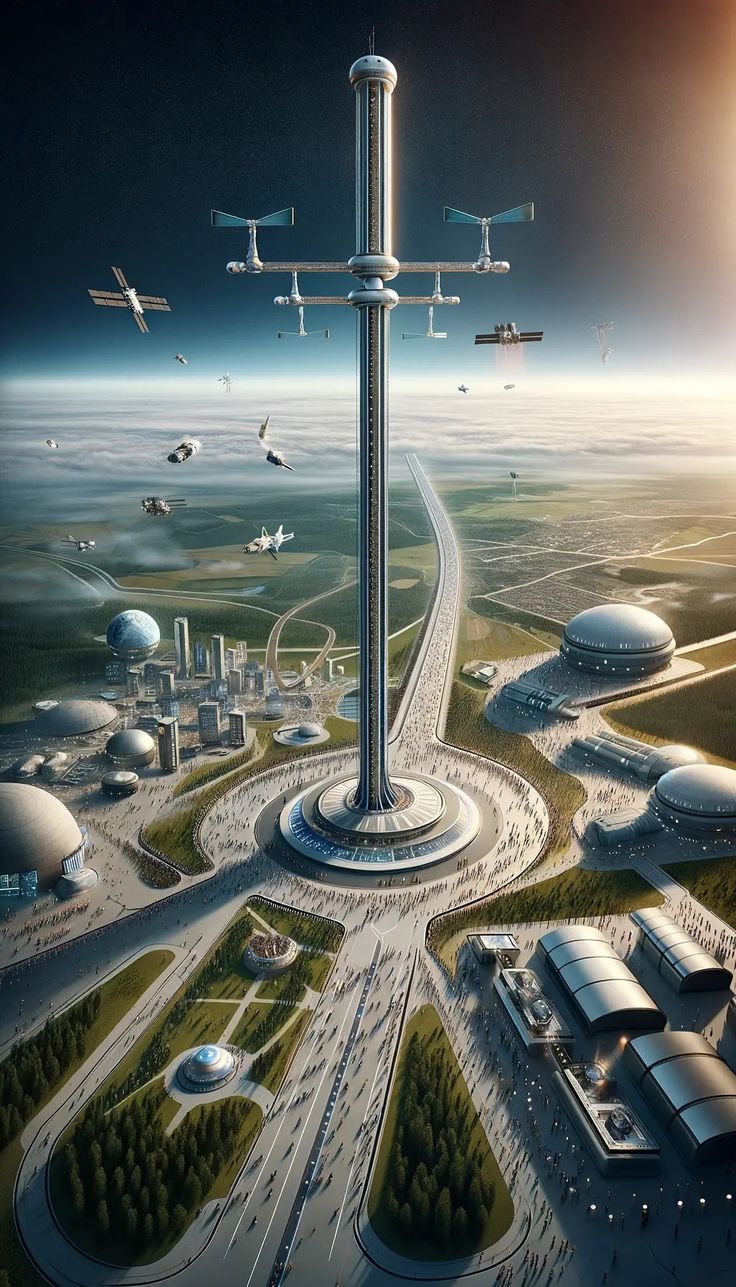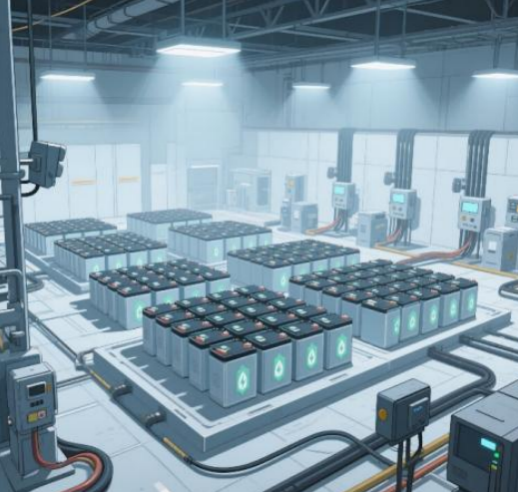The Crazy Dream of Space Elevators
Imagine no longer relying on massive rockets roaring into the sky, but instead being transported to space as smoothly as riding a high-speed elevator. The space elevator—this wild concept that sounds straight out of science fiction—has long taken root in the minds of scientists and engineers. At its core, it involves a long cable stretching from Earth's surface to geostationary orbit, using the principles of balanced mechanics to effortlessly transport humans and cargo into orbit. Once realized, this idea would completely revolutionize space exploration and resource transportation.

The vision is beautiful, but the challenges are deeper than space itself. The most critical hurdle lies in materials science. The elevator cable must be sufficiently lightweight yet capable of withstanding immense tension. Traditional steel and alloys fall far short, and even the strongest carbon fiber cannot handle such massive tensile forces. Scientists are pinning their hopes on carbon nanotubes or graphene—materials that exhibit almost fantastical strength in laboratory settings. However, they still cannot be mass-produced in sufficiently long lengths or with the required purity. Without this “super-wire,” the space elevator remains confined to conceptual blueprints.
Beyond materials, power and energy pose further hurdles. The elevator car requires a continuous energy supply, potentially relying on energy beams from ground-based lasers or future, more efficient wireless power transmission methods. However, lasers face atmospheric interference, and transmission efficiency and safety remain significant unknowns. The construction process itself demands ultra-precise operations between Earth and orbit—a scale of endeavor humanity has yet to attempt.
Even so, the potential benefits of a space elevator are compelling. Compared to the high, one-time costs of rocket launches, an elevator could enable near-reusable transportation, drastically reducing the expense of sending cargo into orbit. This would make building space stations, deploying satellites, and even future expeditions to the Moon and Mars far more feasible. Humanity's space ambitions would no longer be held back by the heavy burdens of fuel and funding.

Another captivating prospect is that it could serve not only as an elevator to space but also as a conduit for resource return. Should humanity one day mine metals from asteroids or harvest helium-3 on the moon, the space elevator might become a high-speed transport corridor. Imagine ore slowly descending Earth along the cable—a scene almost like a futuristic version of gravity's gift.
Yet risks cannot be ignored. Should the elevator cable suffer damage or rupture, the consequences would be catastrophic. A tens of thousands of kilometers long “celestial thread” plummeting to Earth would spell disaster. Compounded by uncontrollable factors like space debris, meteorite impacts, and extreme space weather, the space elevator resembles a perilous tightrope walk.

The possibility of a space elevator, much like humanity's first discussions of moon landing, is intertwined with skepticism, dreams, and an unwavering pursuit of the unknown. Scientists continue to explore materials, propulsion systems, and engineering solutions. Perhaps one day, we will witness the first space elevator slowly rising from a corner of the equator—a thread connecting Earth to the cosmos, weaving together human aspirations.
The space elevator stands as the boundary between fantasy and reality—a threshold that may take decades, even centuries, to cross. Yet it embodies humanity's courage to break free from gravity's shackles. Perhaps it is precisely these audacious dreams that propel us ever forward in the vast cosmos.
(Writer:Seli)





